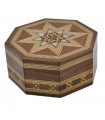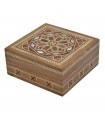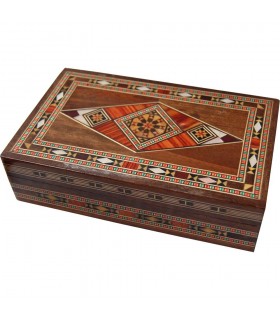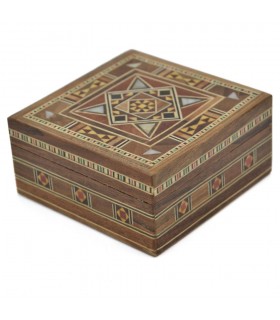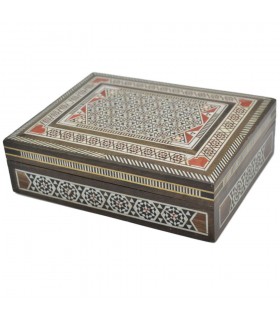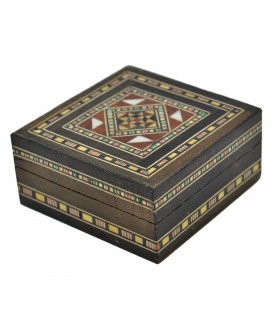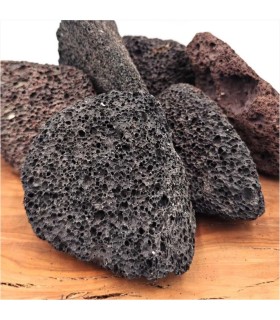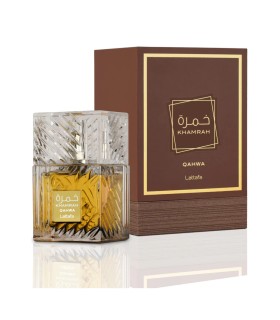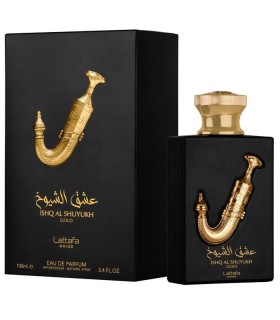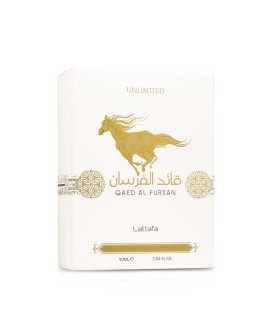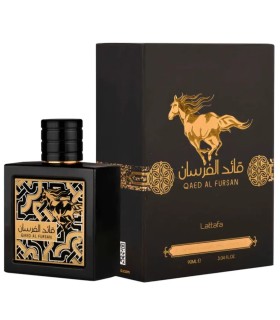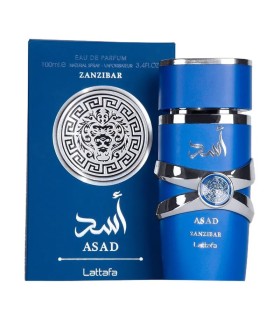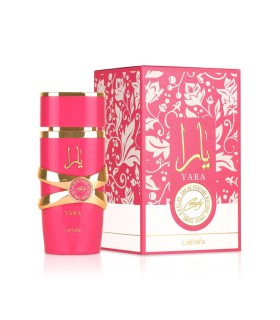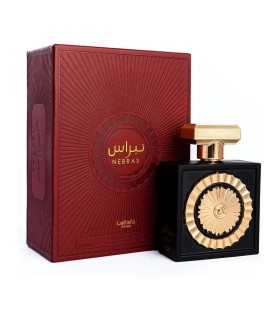Wooden trunk with inlay work from Syria decorated with various types of inlaid wood.
You can see more modelsHERE
This product has been made taking care of even the smallest detail using the artisanal technique of Inlay in Syria, one of the few places where this technique still exists.
External Measurements:
11cm x 9.5cm x 4.5cm
Inside:
7cm x 7cm x 3cm
In Jaima Alkauzar you can Buy Online Wooden trunk with inlay work from Syria decorated with various types of inlaid wood. Athe best price.
You can see more modelsHERE
This product has been made taking care of even the smallest detail through the artisanal technique of Inlay in Syria, one of the few places where this technique still exists.
Perfect for Arabic interior decoration, or as an Andalusian jewelery box or as a gift.
External Measurements:
11cm x 9.5cm x 4.5cm
Inside:
7cm x 7cm x 3cm
The inlay technique refers to the veneering or inlay of fine sheets of precious wood, ivory or bone, mother-of-pearl or shells covering a wooden body.
It appears very early in history, in Mesopotamia, around 2600 BC, as many found objects attest.
Homer's Odyssey and Pliny the Elder name objects made using this technique. It was also known in pharaonic Egypt, and was perIt was petuated in the Coptic era and later in the Islamic one. . In particular, a set of tablets date from the beginning of the Islamic period. . They present a geometric decoration: a game of checkers and rhombuses associated with motifs of arcades and stylized columns. This precious-looking decoration still bears the mark of Late Antiquity. In the Fatimid period (10th-12th centuries), the motifs and style evolve.
It wasIn the twelfth century, under the Seljuk Atabegs and the Ayyubids, inlaid woodwork developed considerably, mainly for the furnishings of religious buildings. Marquetry work, using ivory and mother-of-pearl, associated with wood finely sculpted, it enhances the strictly geometric decoration of complex motifs centered around eight- or ten-pointed stars.
Isassociation of complex geometric networks, built around star-shaped polygons and rich inlay work, will find its fullness in the Mamluk period, in the decoration of large pious foundations, . During the fourteenth century, there is sometimes an important use of large inlays of ivory elements.
In a more miniaturist style, furniture elements are made, such as the kursi and the Koran box in wood inlaid with ivory, bone, and precious woods.
At the same time, the Christians of Egypt also used this technique to decorate their churches.
The Ottoman Turks probably borrowed from the Mamluks the art of marquetry, since then reserved for furniture elements.
Wood marquetry was transmitted from the East to Italy, where it will receive the name of intarsia. The first mentions appear in documents found in Siena in the 13th century, where the use of ivory is privileged to obtain a strong bichrome contrast with the dark wood. From Italy, the marquetry will then spread throughout Europe.






